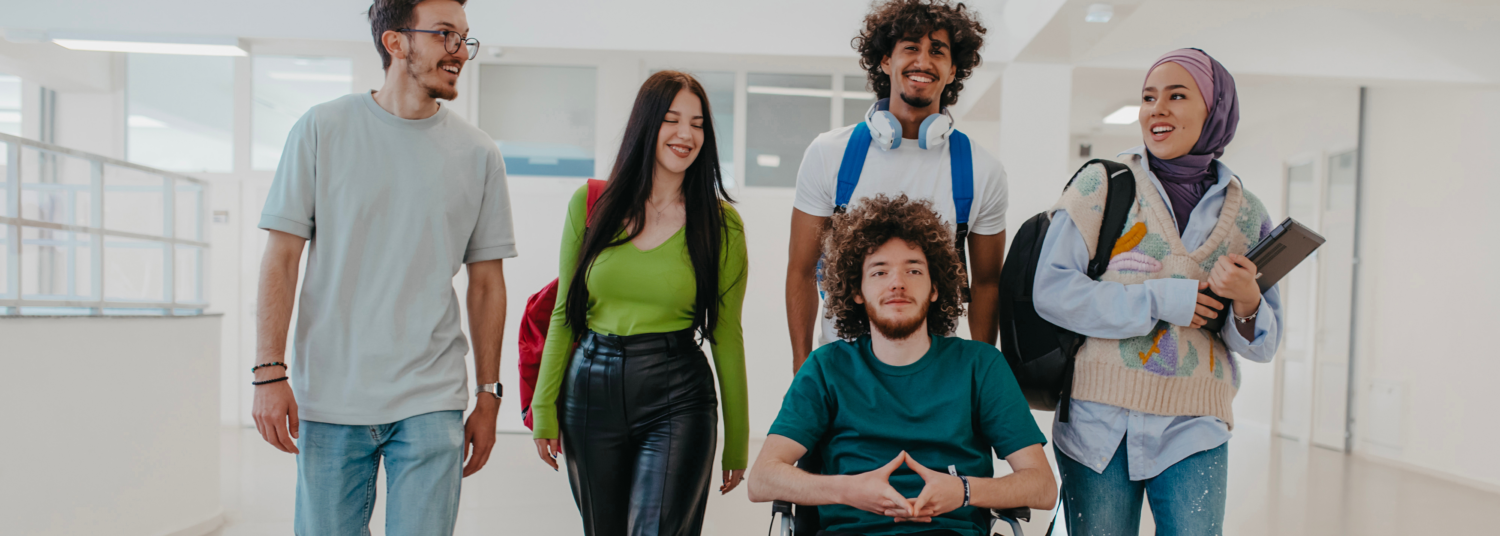Read the full video description.
Dr. Carrie Lou Garberoglio gave a keynote address at the TDI 24th Biennial Conference on July 27. All the presentations are available online on their YouTube channel. The conference, with the theme “Reset and Reconnect,” reflects the seismic change many had to make by embracing new ways of participating in educational, medical, or employment activities in a virtual space. This change has created a wake-up call to ensure full virtual access for deaf students, families, and workers.
COVID-19 drastically changed how people work, learn, and interact with each other as so much of our life has shifted online. Dr. Garberoglio pointed out that the shift to online life is not entirely new, and has been a gradual process over time, particularly for deaf people. During her keynote, she also shared vital information about the new virtual world we find ourselves in due to the pandemic and its impact on deaf people.
Deaf People Often Lead the Way in Technology Advancements
Deaf people have historically been early adopters of technology, such as telecommunication devices (TTYs), texting, and video calling. They have always capitalized on using the latest technological innovations to communicate and share information. After all, deaf people may have been the first people to use text abbreviations while using TTYs like BRB for “be right back” or GA for “go ahead”. These abbreviations are now a part of how the world communicates in text. Thus, it is not surprising that many deaf college students choose to take their classes online — even before the pandemic. In 2016, 45% of deaf college students had taken at least one course online and 17% did their entire program online, at higher rates than hearing students. NDC research shows that deaf undergraduate students are older than their hearing peers and more likely to have children. These students may need more flexibility in when and where they pursue continued education and training. We know that deaf people can’t just up and move anywhere without thinking about a myriad of factors including: interpreter availability, employer awareness, access to deaf community resources, social opportunities, and educational options for their children, if deaf. Those decisions are complicated — and often this means deaf people have fewer options. Online spaces can give deaf people more options, more flexibility, and greater autonomy to make decisions that are the best fit for their lives.Increasing Internet Access for Deaf People
Discussing the future of online life for deaf people must also consider who has access to these virtual spaces, and how. An analysis of publicly available data from the American Community Survey in 2019 shows that twice as many deaf people than hearing people did not have access to the internet, or equipment to access the internet.-
11.7% of deaf people between the ages of 1-64 did not have a smartphone, compared to 5% of hearing people.
-
25.6% of deaf people between the ages of 1-64 did not have a laptop or desktop, compared to 16.4% of hearing people.
-
11.1% of deaf people between the ages of 1-64 did not have access to the internet at home, compared to 5.5% of hearing people.
-
Among deaf people who had access to the internet, 20.9% did not have high speed internet, compared to 16.3% of hearing people.








